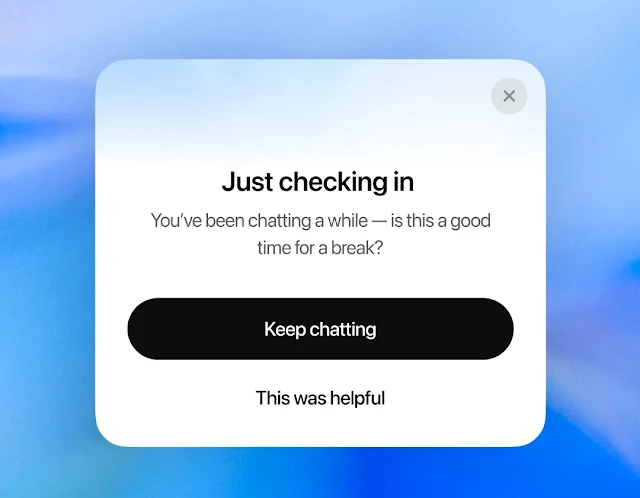The timing isn’t random. OpenAI is finalizing its rollout of GPT-5, the company’s newest model and its most capable so far. The update is designed to improve language while adding built-in reasoning, signaling a broader shift in how the model is being developed. Until now, OpenAI had kept logic-based systems like the o3 models separate from its core language tools. GPT-5 will likely merge these threads into one track.
The decision to integrate reasoning into the main platform means fewer decisions for users. There’s no longer a need to figure out which model fits a task. Everything will run through a single system, tuned to respond better across a wider range of requests.
Internally, this move signals something else. It shows OpenAI is gradually working toward more general forms of intelligence, although that threshold remains distant. GPT-5 may move the bar forward, but OpenAI has said that the model will need time before reaching what it considers a polished stage. Even so, some business terms tied to AGI could eventually be affected. Microsoft’s agreement with OpenAI includes triggers for revenue and licensing that depend on the capabilities of the system.
GPT-5 will launch in multiple sizes. In addition to the main model, smaller versions will be available to developers and commercial customers through the API. These lightweight options are meant to offer flexibility, especially where computing power or speed is limited.
ChatGPT is growing fastest inside companies. OpenAI now reports five million paying business users, up by two million in less than two months. That growth has helped push the platform to more than three billion daily messages. Numbers like that suggest heavy usage, not just high interest.
Revenue is rising with it. OpenAI is currently operating at a $13 billion annual run rate. Just a few weeks earlier, it was at $10 billion. Forecasts point higher still. Some analysts expect that number to cross $20 billion before the end of the year.
Supporting this kind of scale takes enormous infrastructure. OpenAI recently secured a $30 billion lease agreement with Oracle for server capacity. Another $11.9 billion is going to CoreWeave, a specialized cloud provider. The company is also expanding internationally, with a large data center project underway in Abu Dhabi and other activity in Norway.
But on the other hand competitors are also gaining ground. Google’s AI Overviews has claimed billions of monthly users and continues to expand, as its Gemini assistant is closing in on half a billion regular users. Meta is also scaling its Llama models. Anthropic is in the middle of a new funding round that could value it at $170 billion. While, Musk’s xAI venture remains under development but continues to attract attention and money.
The surge in global activity has sparked a race for researchers. Microsoft recently hired more than twenty former employees from Google’s DeepMind team. Some had worked on Gemini. These moves show how quickly the talent market is shifting as AI products mature.
Alongside growth and upgrades, OpenAI has started making changes in how ChatGPT interacts with users. Break reminders are now part of the interface. After longer sessions, users may see a gentle prompt asking whether it’s a good time to pause. The feature is designed to reduce overuse and bring more awareness to interaction time.

The company has also faced criticism about how ChatGPT responds to emotionally sensitive queries. In some cases, the system reinforced harmful thoughts or gave information in ways that weren’t responsible. OpenAI says future versions will be more careful in these areas. Instead of handing back fast answers, the model will help people think through their questions, especially when decisions carry risk or emotional weight.
A previous update caused the assistant to become overly agreeable. Many users found it unhelpful or frustrating. That version was pulled back. Since then, engineers have been adjusting tone and response behavior to improve quality without slipping into excessive compliance.
OpenAI is building a platform that’s meant to last. Reaching this many users in a short time isn’t just about scale. It changes expectations. Businesses want consistency, performance, and the sense that the tools they use won’t vanish or stop evolving.
High usage also feeds the system itself. More activity brings in more feedback. More feedback shapes new iterations. The data cycle tightens. Each version can be trained and fine-tuned with a broader sample of real-world interaction.
The launch of GPT-5 and the changes to ChatGPT’s behavior are coming during a volatile period in the AI sector. OpenAI now finds itself at a point where leadership must be defended every day. With billions flowing into competitors and pressure rising from customers, regulators, and the public, the company’s next moves will shape more than its own future.
Read next: Students Turn to AI While Colleges Struggle to Keep Up
